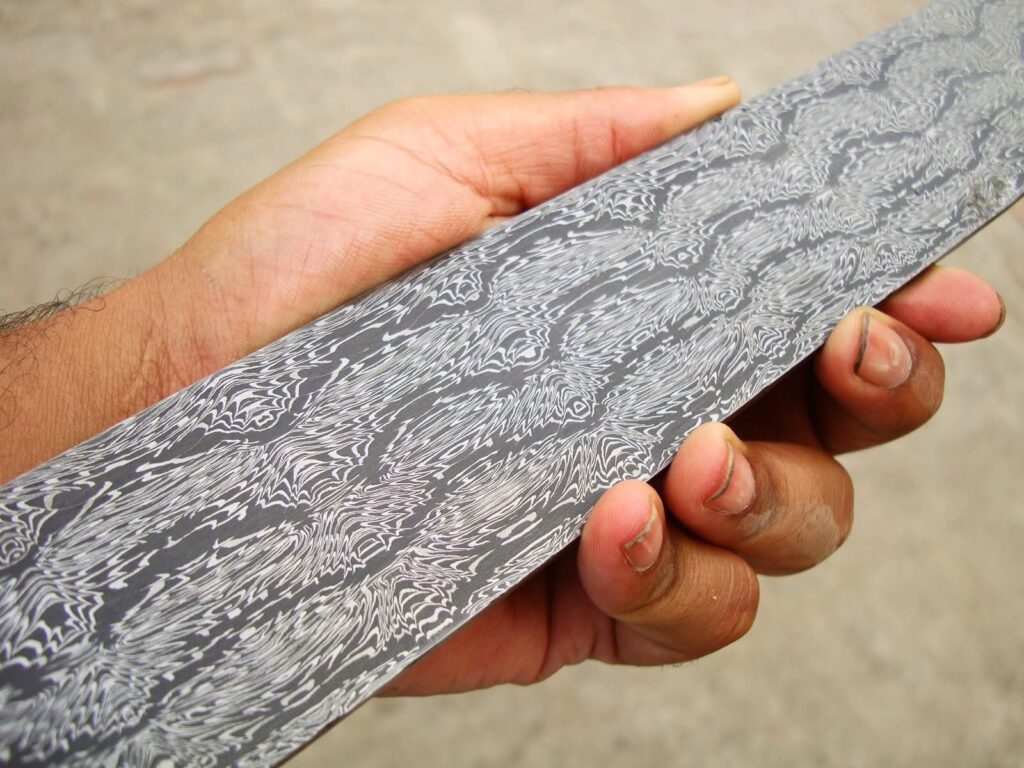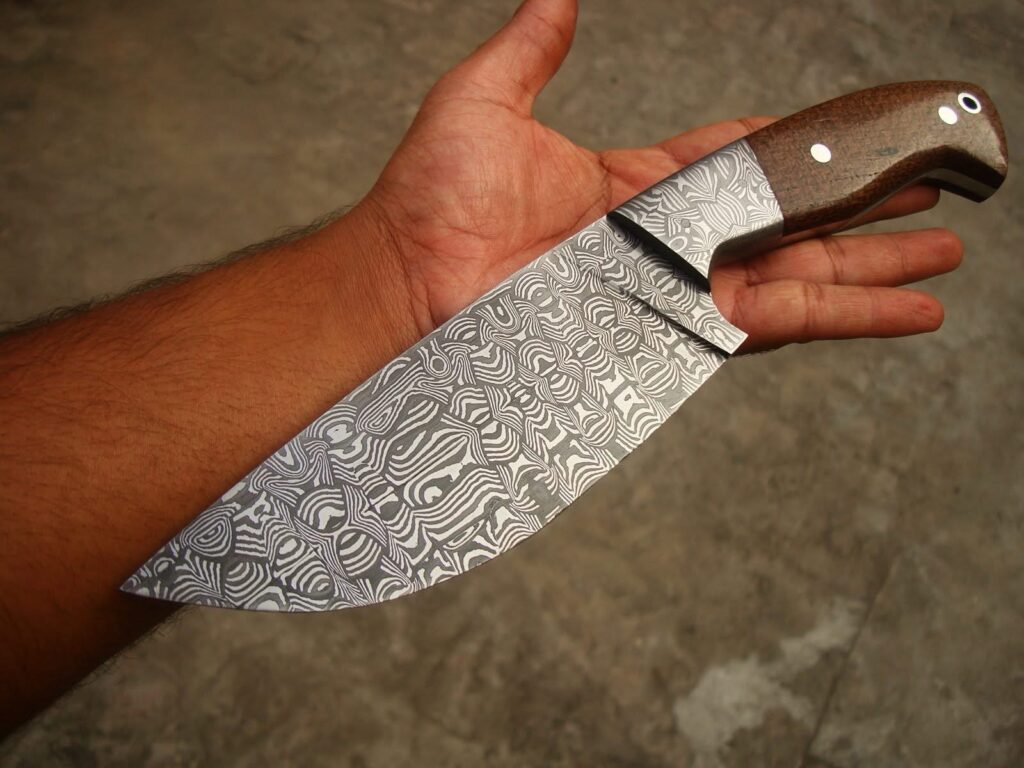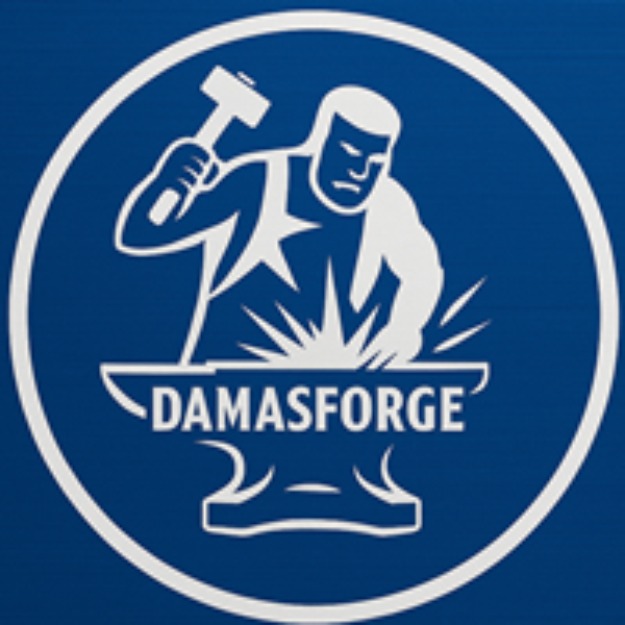The Ultimate Guide to Damascus Steel, Mosaic Damascus, and Custom Knives in 2025

In the world of precision blades and artisanal craftsmanship, Damascus steel has long reigned as a symbol of quality, elegance, and tradition. But in 2025, the art has evolved. Knife collectors, chefs, blacksmiths, and outdoor enthusiasts are increasingly turning toward Mosaic Damascus, hand-forged designs, and custom-made blades to meet their specific needs.
This in-depth guide explores everything you need to know — from history and forging techniques to product selection and care tips — so you can confidently choose a knife that’s as functional as it is beautiful.
What Is Damascus Steel? A Brief Overview
The Origins and History of Damascus Steel
Damascus steel dates back over a thousand years, with origins in the Middle East. These blades were prized for their sharpness, edge retention, and signature swirling patterns. Originally made using Wootz steel from India and Sri Lanka, ancient blacksmiths discovered that folding and layering steel created durable, flexible blades ideal for battle.
Modern Techniques in Damascus Forging
Today, blacksmiths use advanced tools but preserve traditional methods. Modern Damascus is typically made by forge-welding multiple layers of high-carbon and nickel-rich steels, then etching the surface to reveal beautiful wave-like patterns. This process blends artistry with metallurgy — each piece is unique and made to last.
Why Mosaic Damascus Steel Stands Out
Difference Between Regular and Mosaic Damascus
While traditional Damascus displays flowing patterns, Mosaic Damascus takes the art to the next level. Instead of organic waves, it features geometric shapes, symmetrical motifs, or even logos, crafted by meticulously layering steel in pre-designed arrangements.
Aesthetic & Performance Benefits of Mosaic Patterns
Mosaic Damascus isn’t just a showpiece. Despite its visual appeal, these blades maintain the same performance integrity. Their uniqueness makes them highly desirable among collectors and craftsmen. For chefs and blacksmiths, it’s a statement piece — beauty fused with performance.
The Craft of Hand-Forged Blades
Traditional Blacksmithing Techniques
Hand-forging means a craftsman physically hammers and shapes the blade. This traditional method allows for customization, control over grain flow, and superior durability. Every blow of the hammer contributes to the blade’s character.
Why Hand Forging Ensures Quality and Durability
Unlike factory-made knives, hand-forged blades undergo intensive heat treatment and precision shaping, making them stronger and longer-lasting. They can be tailored to specific tasks, from fine culinary slicing to rugged outdoor use.


